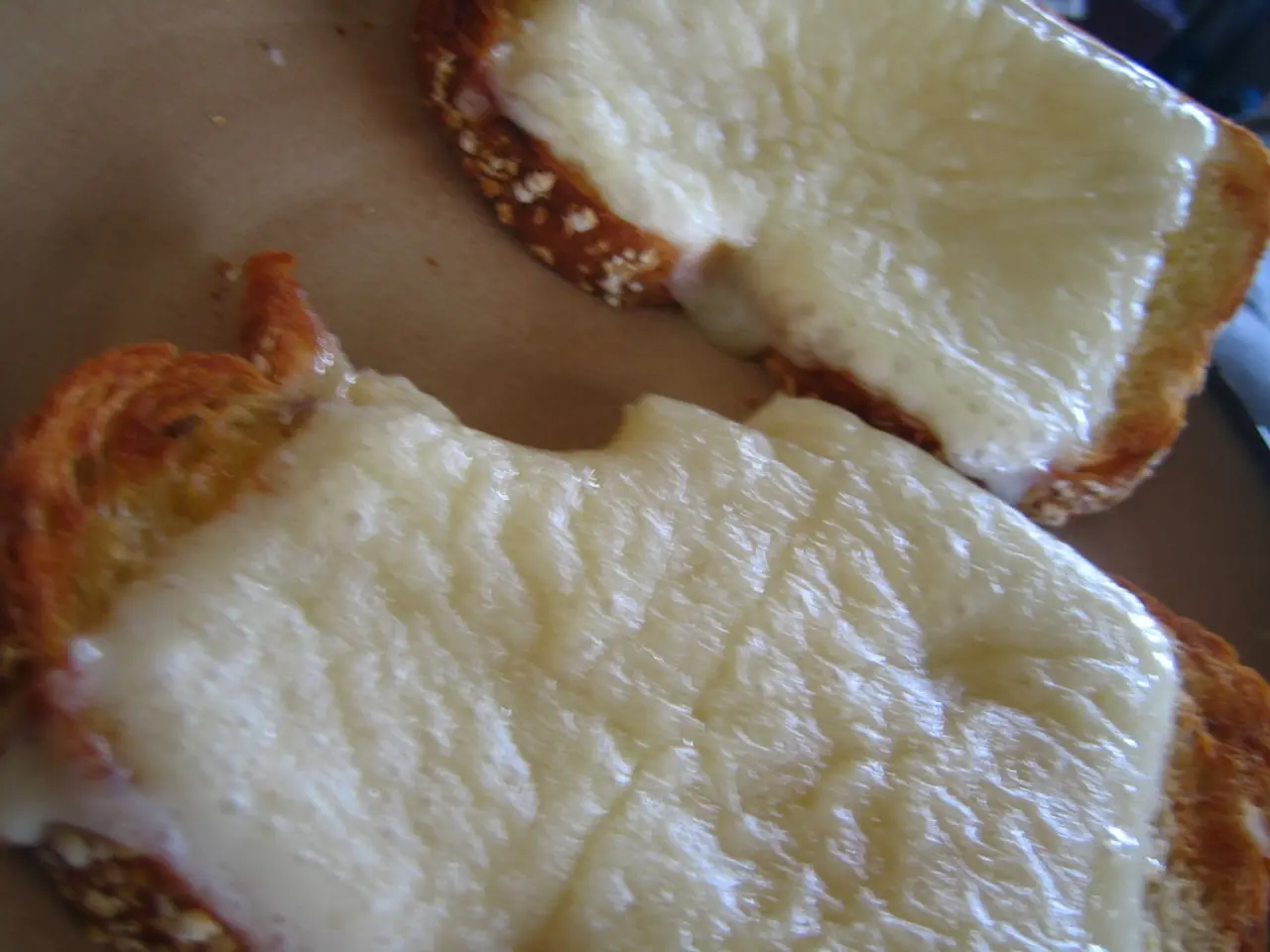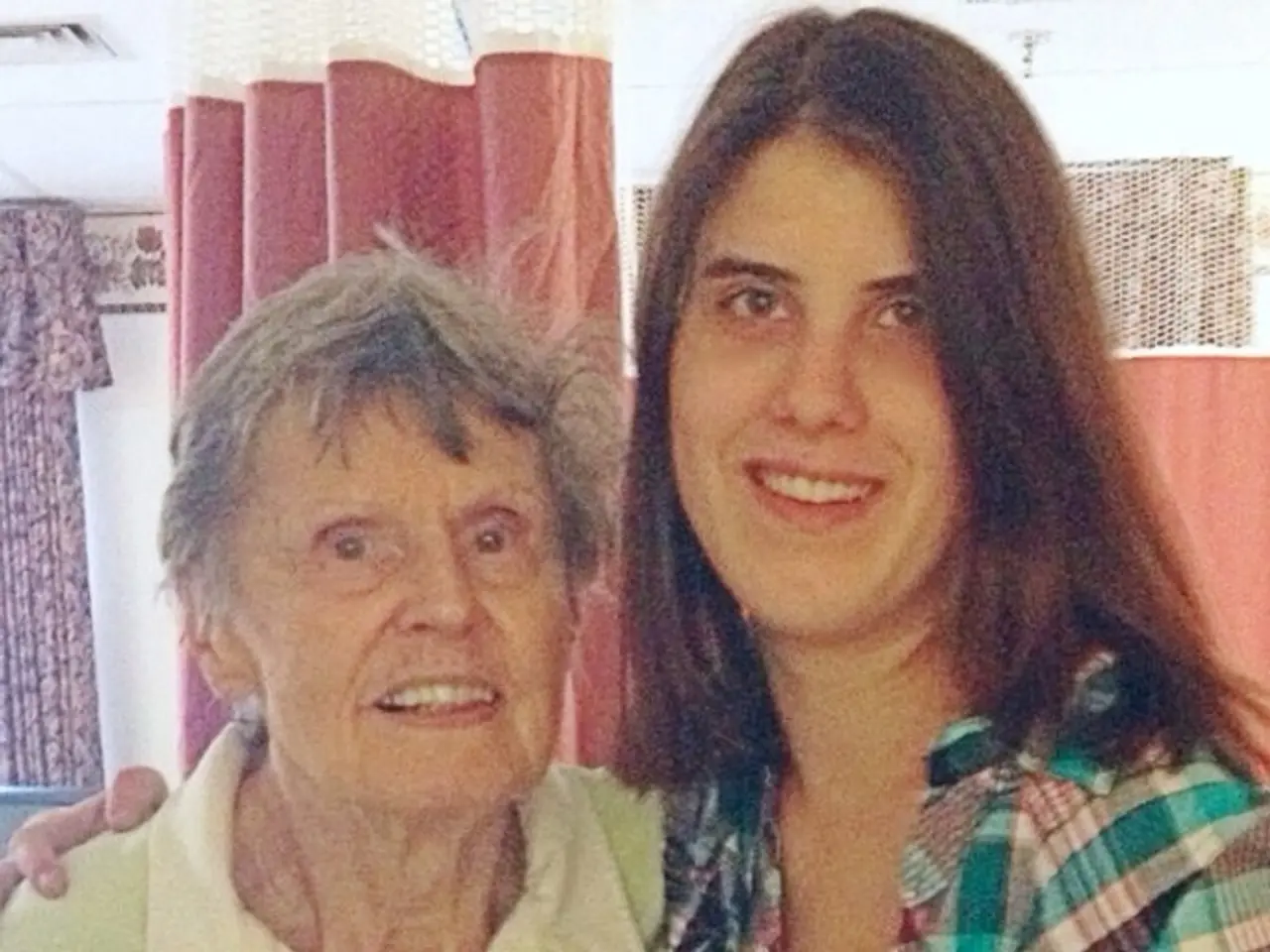Skin Thickening: Description, Images, and Remedies
Secondary lichenification, a condition characterised by thickened and hardened skin, is often the result of chronic skin irritation or inflammation caused by various underlying conditions. This article aims to provide a comprehensive overview of secondary lichenification, its causes, symptoms, and treatments.
Secondary lichenification is most frequently caused by atopic dermatitis, a chronic skin condition that leads to thickened skin with accentuated markings due to persistent scratching or rubbing. Another common cause is lichen simplex chronicus (neurodermatitis), a condition triggered by repetitive scratching or rubbing, often exacerbated by stress, anxiety, dry skin, irritants like tight clothing or sweat, and underlying itchy skin conditions such as eczema or psoriasis.
Chronic eczema and other inflammatory dermatoses can also cause skin thickening and hardening over time due to ongoing inflammation and scratching. Additionally, chronic infections or irritation, such as chronic paronychia and skin infections causing persistent inflammation, can lead to scarring and lichenification.
Secondary lichenification can manifest on various parts of the body, including the head, neck, arms, genitals, thighs, abdomen, flanks, face, lower legs, chest, and other areas within reach. Affected areas are typically irregular in shape and may develop a darker colour, known as hyperpigmentation.
For individuals with secondary lichenification, it is essential to treat the underlying cause, such as eczema or psoriasis. Home care for lichenification includes keeping affected areas covered, wearing gloves, keeping the nails short, avoiding triggers for itchiness, taking oatmeal baths, reducing stress, using cool compresses, using moisturizers, and storing them in the fridge.
If the cause of lichenification is difficult to identify, a doctor may order additional tests, such as a skin biopsy. A doctor can diagnose lichenification with a physical examination. In some cases, they may recommend multiple treatments, depending on the cause.
It is important to note that primary lichenification, resulting from behaviour such as continual itching or rubbing, may be diagnosed as lichen simplex chronicus or neurodermatitis. Over-the-counter products, such as moisturizers, can help reduce itchiness and prevent rubbing or scratching.
In conclusion, secondary lichenification is usually due to prolonged itching and scratching from various chronic skin conditions. By understanding its causes and adopting appropriate home care and medical treatments, individuals can manage and alleviate the symptoms of secondary lichenification.
- Atopic dermatitis, a chronic skin condition, often underlies secondary lichenification due to persistent scratching and inflammation, causing thickened skin with accentuated markings.
- In addition to atopic dermatitis, mental health conditions such as stress and anxiety, coupled with dry skin, irritants, or underlying itchy skin conditions like eczema or psoriasis, can also trigger lichen simplex chronicus (neurodermatitis), a condition that leads to secondary lichenification.
- When it comes to health-and-wellness and maintaining healthy skin, avoiding triggers for itchiness, using over-the-counter products like moisturizers for managing symptoms of secondary lichenification, and practicing mental health self-care can be beneficial in preventing chronic scratching and subsequent lichenification.




